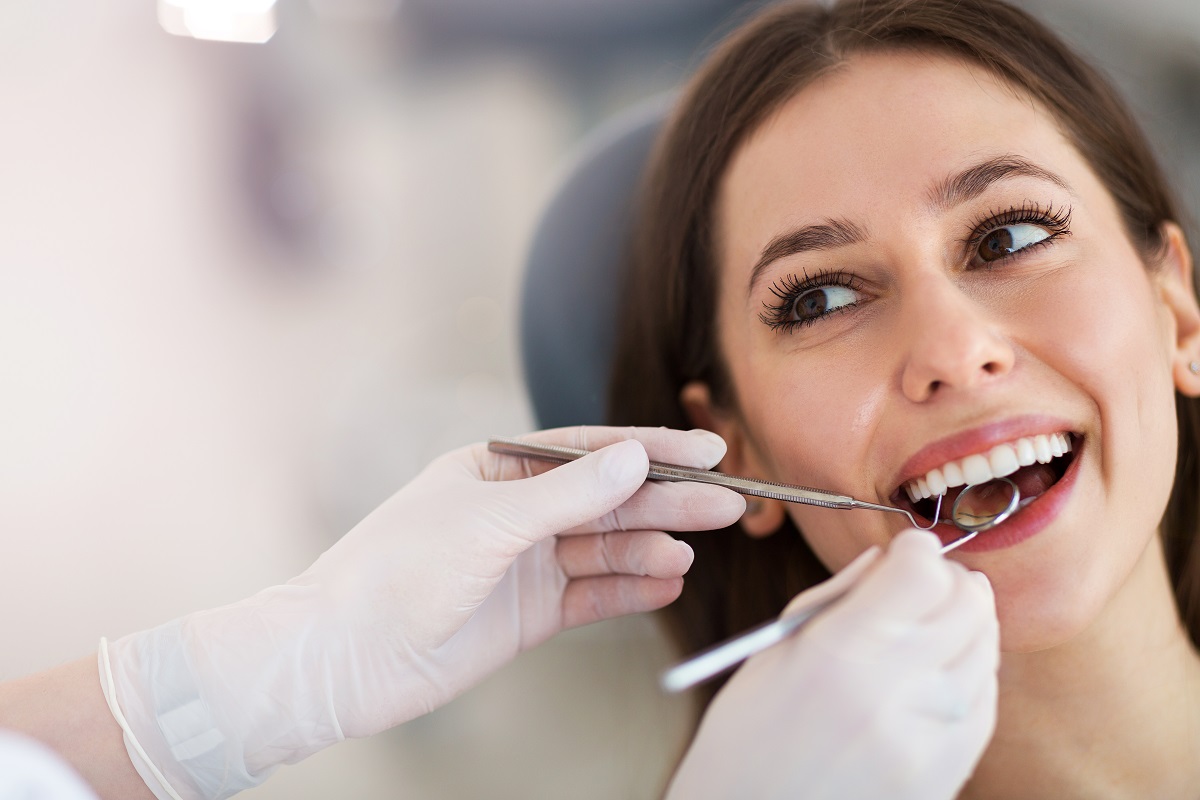The subtle changes in our environment influence our daily decisions. When you go to a fast-food restaurant, the server would ask if we want extra-large fries with our order. The calories displayed on food packaging could discourage us from buying the product.
Behavior economists define these influences as nudges. And they could help dentists encourage their patients to practice better oral health.
What Is Nudging?
Nudge are tools designed to promote behavioral change to meet a goal, whether it’s improved health, better habits, or environmental consciousness. Organizations like businesses, politicians, and medical professionals create nudges by analyzing how people choose. Then, the organizations create a nudge that will steer people to make a particular decision.
There are a variety of nudges, but common examples include:
- Upselling: Offering extra options to go with a purchase
- Product placement: Making a product more accessible
- Default option: Offering a product or service as a default option
- Use of technology: Installing technology that guides people into making a more informed decision
- Displaying social trust: Using feedback from surveys or positive reviews
Good, Ethical Nudges
Nudge theorists remind organizations that there’s a difference between nudging toward a particular behavior and manipulating a person toward making a decision. According to Richard Thaler and Cass Sunstein, authors of the book “Nudge,” three principles guide the use of nudges:
- Transparency: A nudge must be clear and obvious. It must never hide costs or other options.
- Opt-out: Although a nudge encourages a specific behavior or decision, it must give a person an easy way out of the nudge.
- Justifiable reason: The nudge must justify that the encouraged behavior will improve the welfare of the person being nudged.

Nudging for Dentists
Recent oral health statistics are concerning. According to the New York Post, a third of Millennials brush their teeth only once a day. Some of them have gone more than two days without brushing their teeth.
The same report found that despite these bad habits, Millennials are concerned about their oral health. However, a sixth of them are afraid of going to the dentist. Using the nudge theory can help them get over their dental anxiety and practice oral hygiene. Doing so leads to less painful and costly treatments in the future.
Here are some suggestions you can use to nudge your patients into practicing better dental hygiene:
- Educate your patients: You want to justify that your services will improve your patient’s oral health. Explain what happens during a procedure and how your patient will benefit from it.
- Give them options: Patients will often ask what’s the least expensive solution for their dental problem. However, the most affordable solution might not be the right treatment for them. Explain to them the range of treatment options, as well as the pros and cons of each. Ensure that the patient understands that the value of one treatment is more important than the price tag.
- Show, don’t tell: A patient will feel less skeptical about a procedure when they see its results. Display before-after photos of previous procedures in your office, website, and marketing materials.
Nudges are an excellent way to encourage your patients to practice better oral health. However, there’s a fine line between encouraging behavior and manipulation. Make sure to be transparent, give your patients options, and educate them toward deciding what’s best for their oral health.

